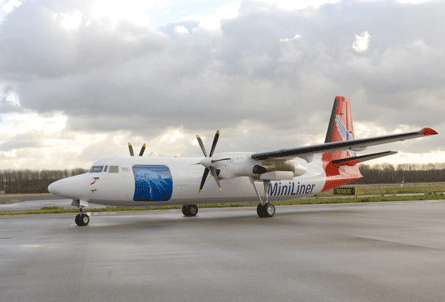Operators of Fokker 50 turboprops are being instructed to modify the engine controls to help reduce the likelihood that pilots will inadvertently move the throttle levers to a dangerously low setting while in flight.
Retardation of the levers below "flight-idle" - to a position normally used only to taxi on the ground - has contributed to two fatal Fokker 50 approach accidents over the past seven years: the loss of a Luxair turboprop in 2002 and a Kish Air aircraft in 2004.
In a new airworthiness directive, the European Aviation Safety Agency says: "It has become clear that, in general, flightcrews attempt to make power-lever selections below 'flight-idle' more frequently than anticipated."
 |
|---|
While it concedes that human factors are "primarily" responsible for such occurrences, EASA says that it considers corrective action through the directive to be "justified".
Its instruction to operators is based on a Fokker Services modification, covering installation of an automatic flight-idle stop control and associated changes for additional monitoring and crew alerting.
EASA says the directive aims to improve reliability of the flight-idle stop system and make it "less sensitive" to inadvertent low-power selections. It says operators should complete the installation and modifications within two years.
Source: Flight International























